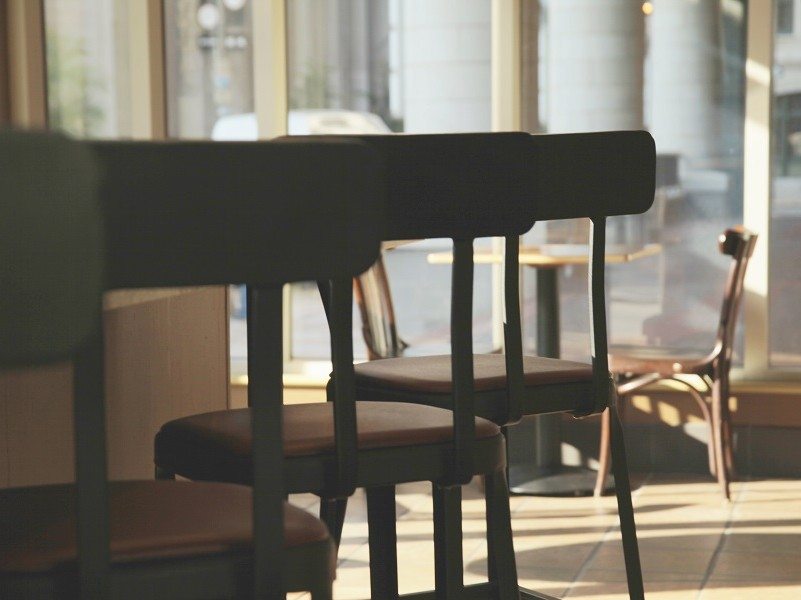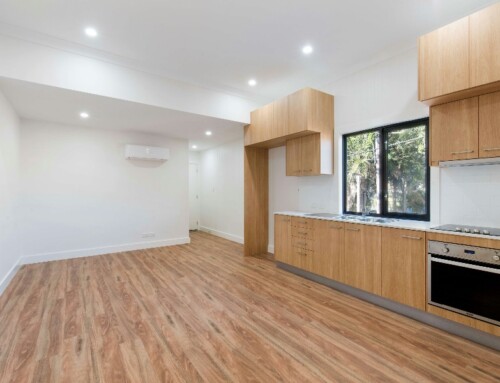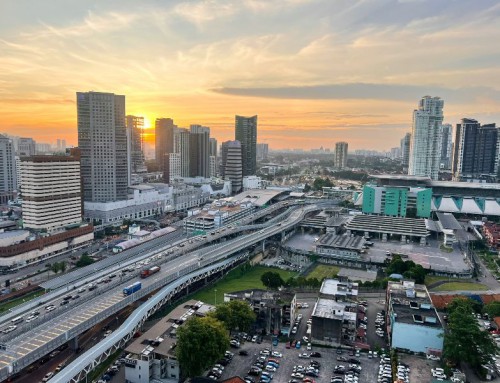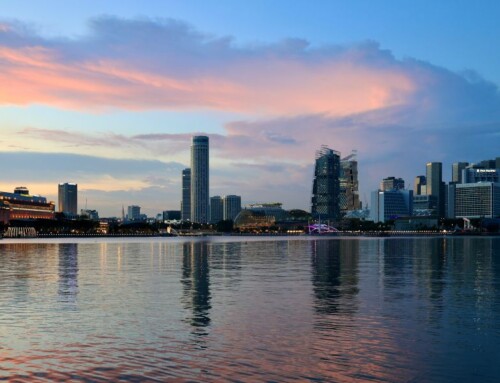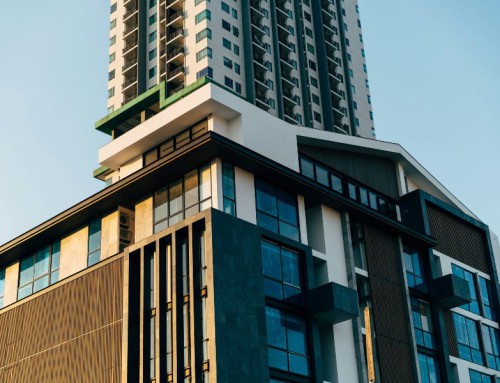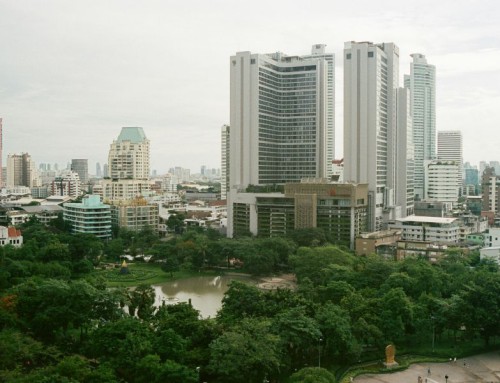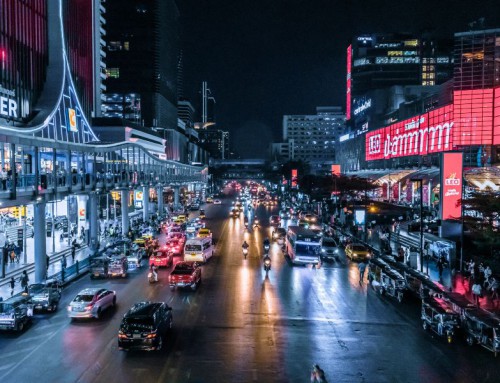Recently there has been some cheer in the Singapore economy. In the 4th quarter of 2016, Singapore’s gross domestic product (GDP) grew 2.9 per cent, beating the government’s earlier estimate of 1.8 per cent growth. This helped the Singapore economy grow 2 per cent for the whole of 2016. In the real estate sector, there has been some cheer as buyers seem to be coming back into the market. There is a gradual understanding that the cooling measures should be here to stay for the near future and even if there are any changes or lifting of measures, it should be done gradually. Thus buyers who have been on the sidelines are seen returning to property showrooms. Home prices have also started to decline at a slower pace and many feel that we may be at or close to the bottom.
New Private Home Sales Up 17.6% despite a lack of new project launches
Private home prices decline at a slower pace
I personally feel that the residential market is at an inflection point. Prices have moderated and barring another financial collapse, I still do not think that prices are heading off a cliff.
However, on the commercial properties front, things seem to be a little less rosy. A couple of years back, commercial yields were higher than residential yields. Tenants were easy to come by and rents were high. Once residential property prices had become high, investors started looking at commercial properties. The problem was exacerbated by the cooling measures implemented by the Singapore government. The additional buyer’s stamp duty (ABSD) made it restrictively expensive for people to purchase additional residential properties and thus many turned to commercial properties. Lured by promises of high yields, investors flocked to commercial property launches in droves. Fast forward to today and this is the current situation.
The current situation at The Promenade At Pelikat
The current situation at Space At Kovan
Units of commercial space lay bare. Some of the property agents engaged to market them do not even remember having these units as their listings. So how then did this situation come about? A combination of a few factors caused this situation.
1) Investors had little knowledge about commercial properties
Investing in commercial property is a little more complex than purchasing a residential unit. Successful malls have good management and usually a good anchor tenant. Malls should also have a good catchment area. Investors hardly considered these factors. They were drawn to the fact that quantums were low compared to residential properties and they assumed that having residential units above the shops would be a sufficient draw for businesses to set up shop.
2) The cooling measures pushed investors to commercial properties
The fact that one had to pay additional taxes for a second property caused many to consider other forms of investments other than residential properties. The constant infatuation with property meant that it was either investing in commercial or industrial spaces or properties overseas. For those who wanted their investments to remain local, such commercial spaces seemed a viable investment proposition. A two bedroom apartment may cost around $900,000 and the stamp duty on the property could come up to almost $90,000 for such a property (about 3% + 7% ABSD). When such shoebox commercial properties were going for perhaps $300,000, it is easy to see why many investors jumped in without considering other factors.
3) The developers were extremely profit driven
Units that are small are usually deemed affordable even though the per square foot price may be high. Many investors are drawn by low quantum prices and some developers took advantage of this. The failure to secure or cater space for an anchor tenant just reinforces my point. A perfect example would be Promenade at Pelikat which has 270 shops in one development. It is perplexing why so many investors jumped in when it was pretty obvious that the number of units on offer was more than the number of landed property units in the vicinity!
4) The government was slow to step in and regulate this segment
The government was slow to step in to regulate the development of such commercial spaces. They should mandate an average unit size throughout the development. There should also be an advisory on such commercial investments, similar to how insurance agents get their clients to sign an advisory notice when they invest in unit trusts to make them aware of the risks involved. This advisory notice should state the upcoming supply in the pipeline as well. Instead, many investors bought commercial properties without knowing what was in store for them.
5) Disruptive technology
Online shopping and the rise of functional mobile applications and websites caused a seismic shift in the way people in Singapore shop. Many businesses are looking to expand their e-commerce platforms rather than their physical retail shop. This is a huge disruption to the retail sector and sad to say, these online shoppers are more likely to remain online rather than visit shopping malls.
My advice to anyone who has such units. Try to rent them out for prices that are reflective of the times. Leaving these properties vacant will only serve to enforce the image of a derelict retail ghost town. Once tenants move in, the place will become more vibrant. In time rents will increase if businesses start to make money setting up shop at your premises. The difficult part is to get everyone to see this particular point of view.
Yours Sincerely,
Daryl Lum
www.daryllum.com
